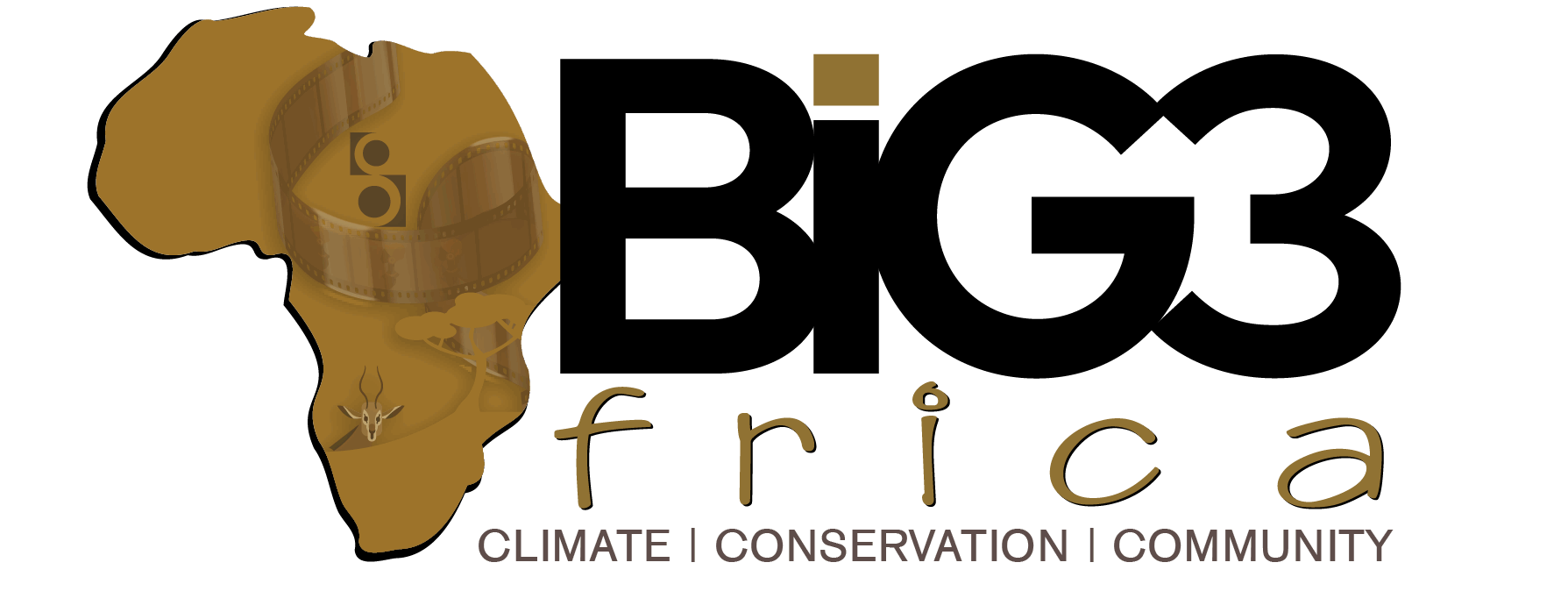Mau forest complex, one of the five main water towers in Kenya, has for a long time been under threat from human activities, that undermine its ecological, economic and climatic value.
The forest holds the highest economic value among Kenya’s forests, estimated at KES 197 Billion, attributed to its extensive resources and transboundary ecosystem services.
It is the source of 12 major rivers – including Nzoia, Yala, Nyando, Sondu-Miriu, and Mara rivers, draining into Lake Victoria; the Ewaso Ng’iro River, draining into Lake Natron in Northern Tanzania; the Njoro, Makalia, Naishi, and Nderit rivers, feeding Lake Nakuru and Lake Naivasha; the Molo River, draining into Lake Baringo; and the Kerio River, draining into Lake Turkana.
The survival of Maasai Mara in Kenya and Serengeti in Tanzania renowned for wildebeest migration depends on Mau Forest complex. It is also vital in sustaining Lake Natron, which is a critical breeding site for the Lesser Flamingo.

Despite its immense ecological and socio-economic value, the Mau Forest Complex (MFC) faces severe degradation from human activity and climate change.
Illegal charcoal production and unsustainable timber harvesting, overgrazing, forest fires, poor land-use changes and poor agricultural practices, encroachment on riparian zones, water pollution, and over-abstraction rapid population growth is intensifying pressure on resources and weak legislative and institutional frameworks are undermining effective management. These are challenges that must be addressed to save the Mau Forest Complex.
To address the challenges facing the Mau Forest Complex, a 10-year program dubbed the Mau Forest Complex Integrated Conservation and Livelihood Improvement Programme (MFC-ICLIP), has been initiated by the Principal Secretary for State Department for Environment and Climate Change, Dr. Eng. Festus K. Ng’eno, in collaboration with the private sector, development partners, Non-Governmental Organizations (NGO’s), conservationists, various stakeholders, and the local communities.
With an estimated cost of KES 21.5 billion for the 10 years, the MFC-ICLIP targets the Eastern, Molo, Western, and South West Blocks and the adjacent farmlands covering 317,115 Ha.

“Having been raised and lived in the Mau Forest Complex therefore, I witnessed these disheartening changes and destruction first hand and I have always desired to do something about it – for close to 5 or so years!”, said Eng. Ng’eno during a stakeholders meeting held in Nairobi.
The 1st edition to be launched on 24th October 2025 – it aims to restore 3,313 Ha of degraded forest with approximately 4,000,000 tree seedlings.
“This programme aligns with Kenya’s Nationally Determined Contributions (NDC’s), the National Climate Change Action Plan, the 15 billion Tree Initiative, the SDGs, the AFR100 Initiative and the Convention on Biological Diversity”, added Eng. Ng’eno
The Mau Forest Complex (MFC), covering approximately 403,000 Ha, is the largest afro-montane forest in East Africa and Kenya’s most important water tower. It has a total of 22 forest blocks 21 managed by the Kenya Forest Service (KFS), and 1 community-managed block, the Maasai Mau. It is also surrounded by six counties, making it a crucial eco-system for the millions of people in the six counties and beyond.
The forest with rivers draining into Lake Victoria is also critical for the survival of River Nile, the longest river in the world.




